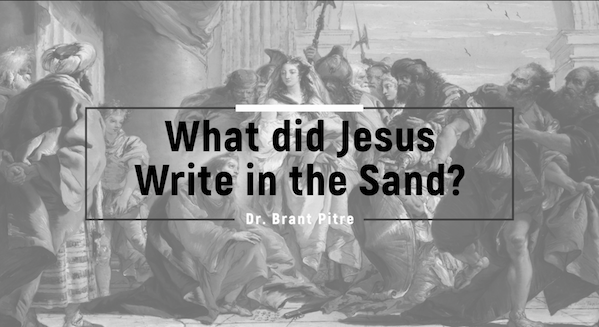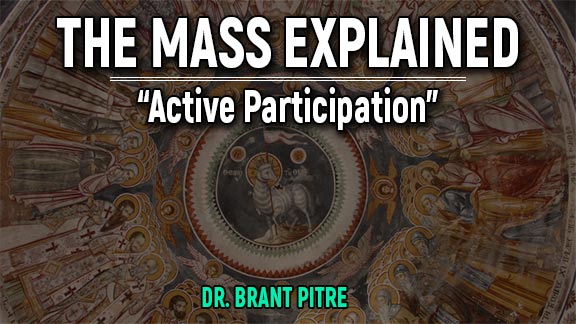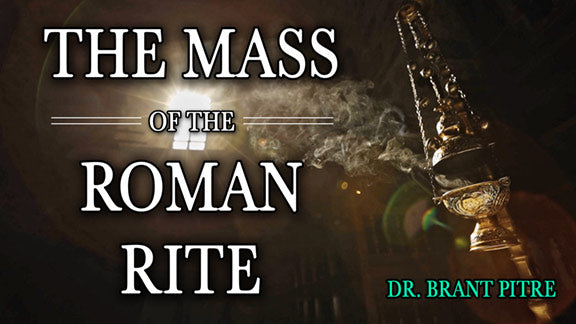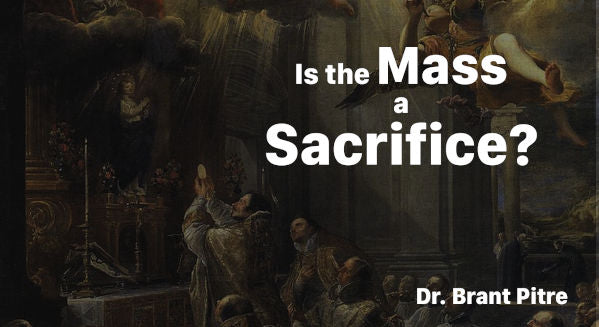Meets my expication I use it with my on going Bible study
Scripture is obviously important but when it is in context, it means so much more and it’s important for us to know.
I have found the Sunday mass readings explained by Dr. Brant Pitre very helpful in assisting me in my monthly homilies. Dcn Jim OConnell
Cleared up many things.






